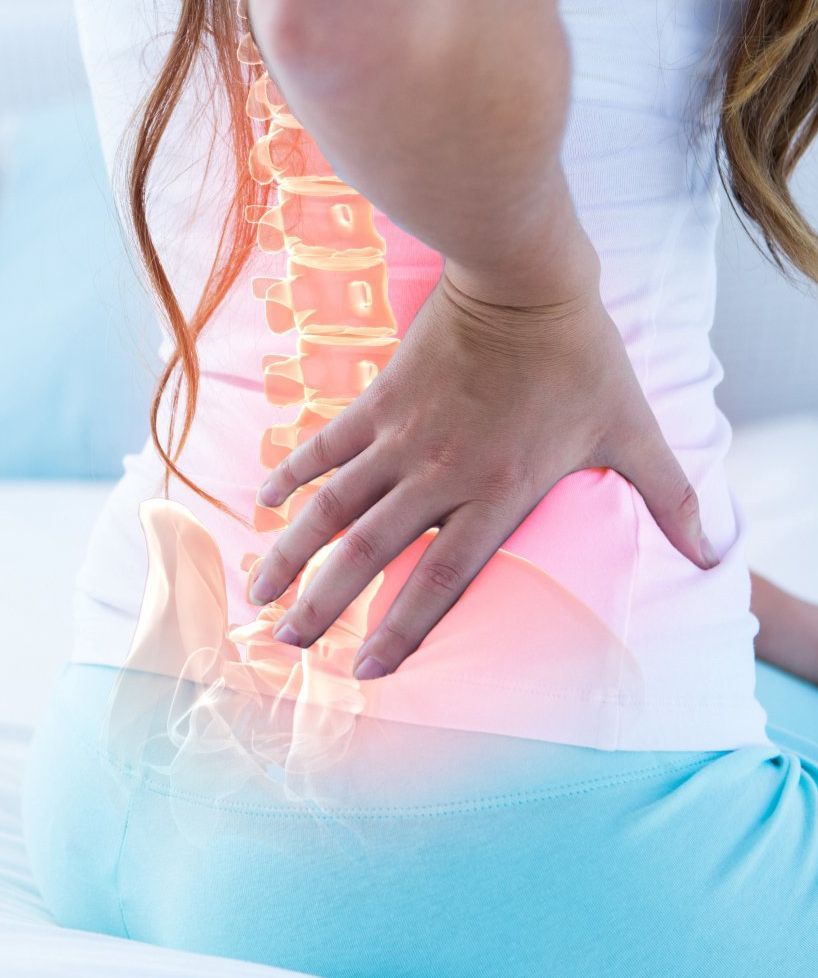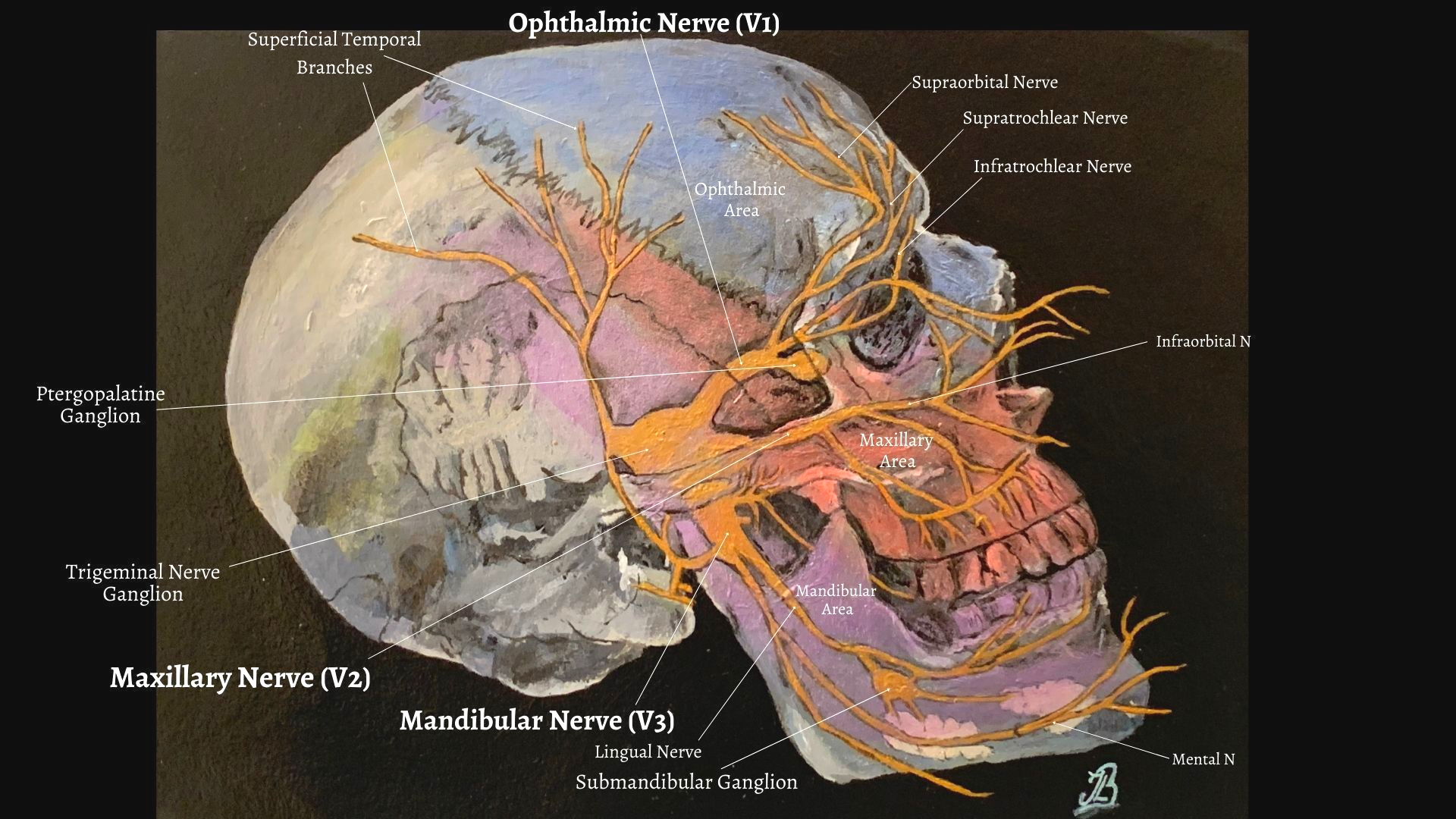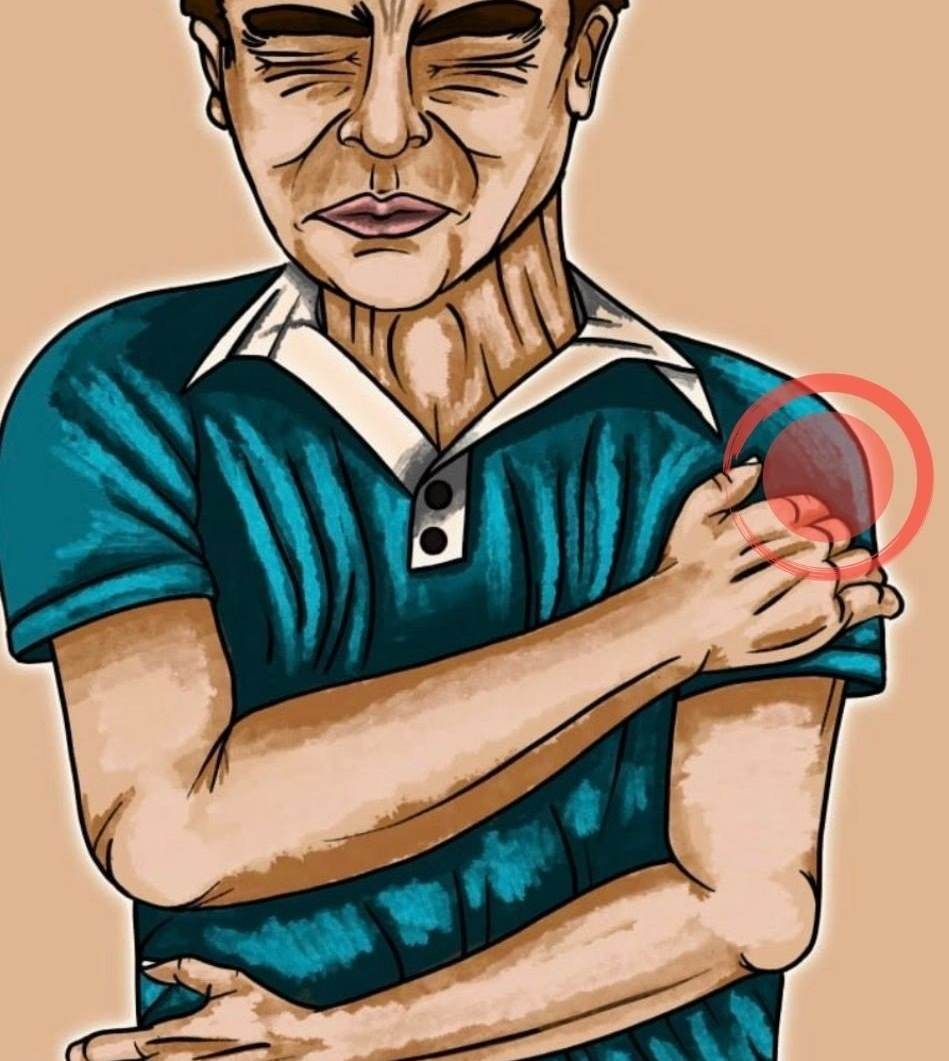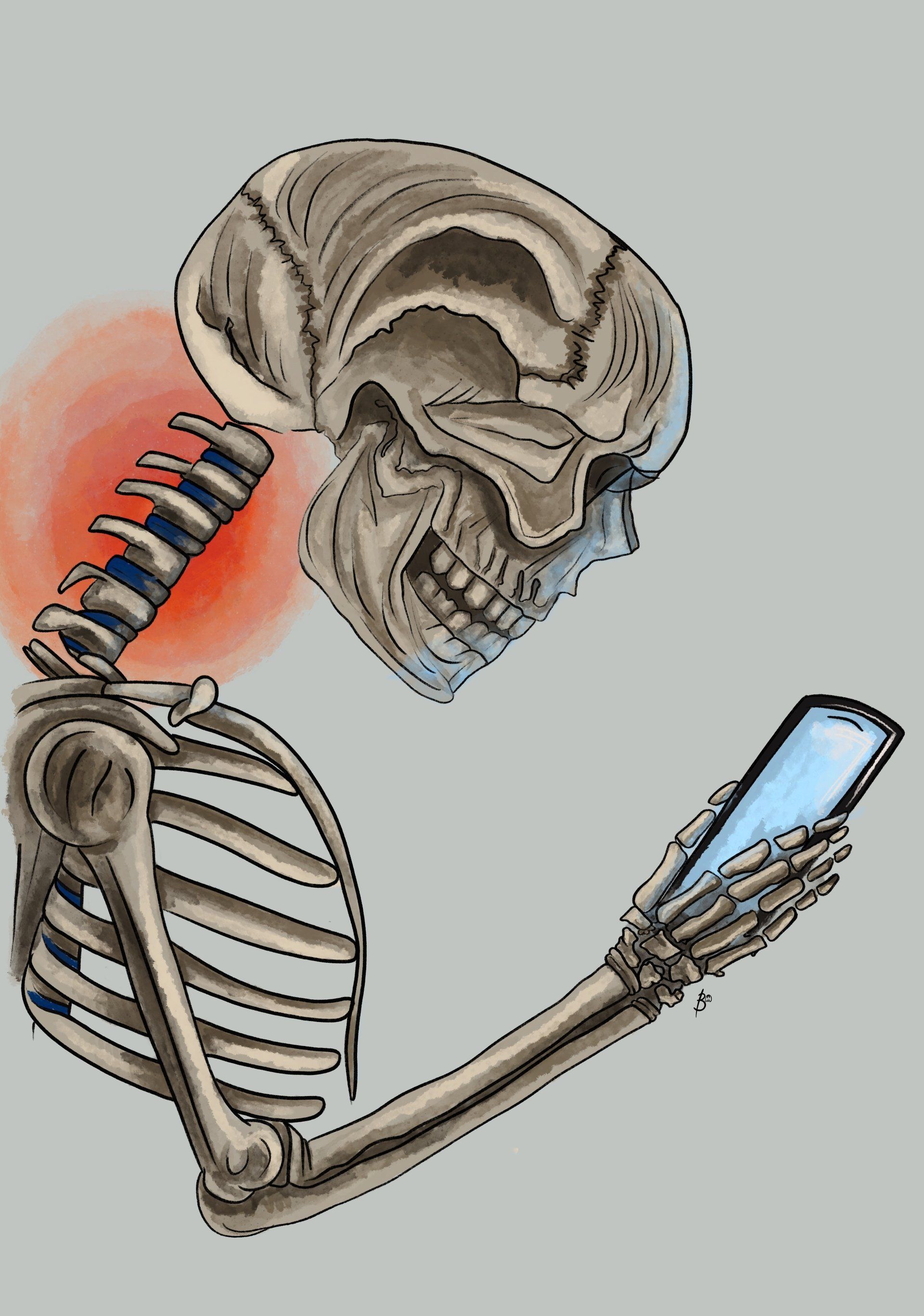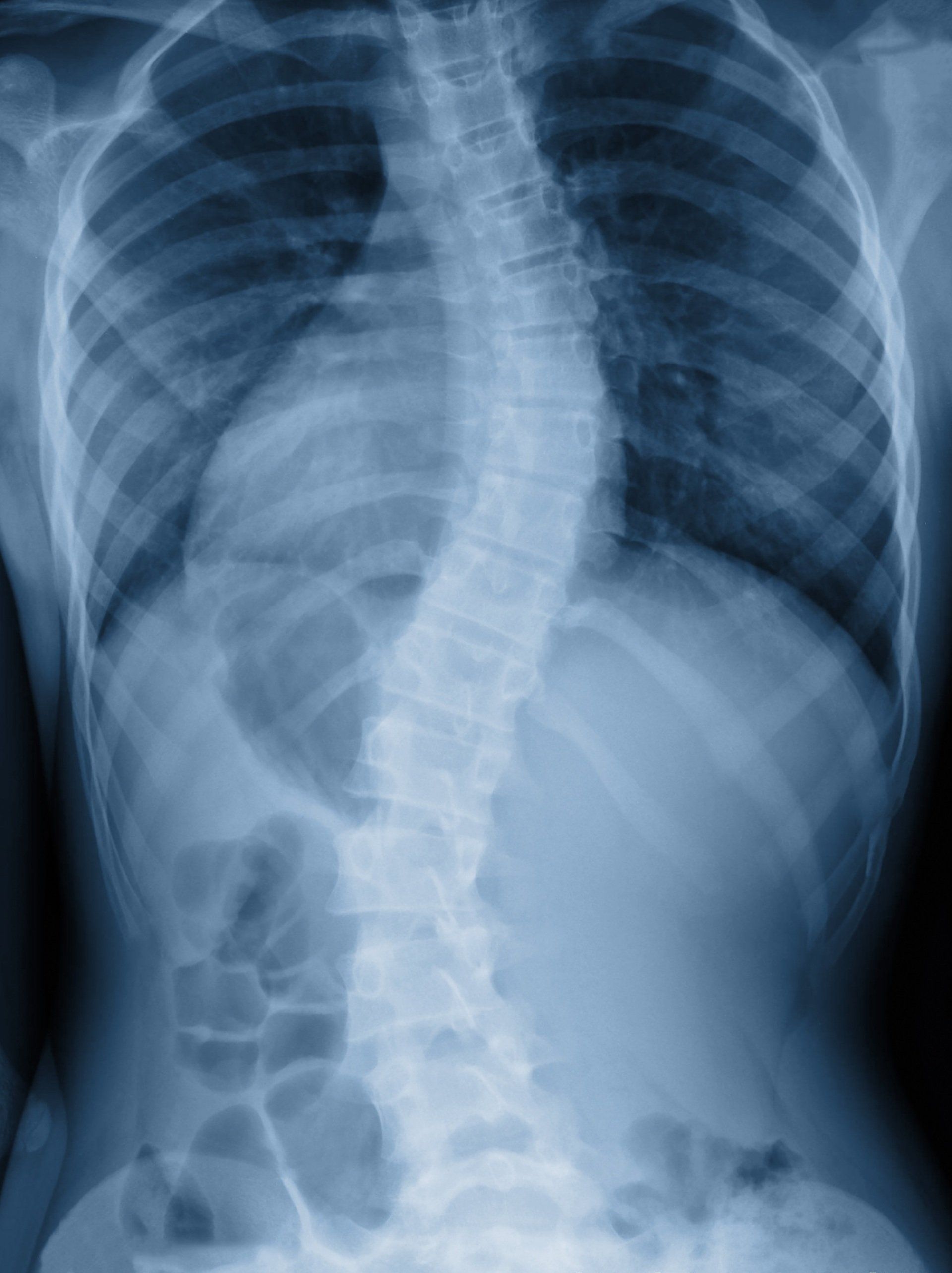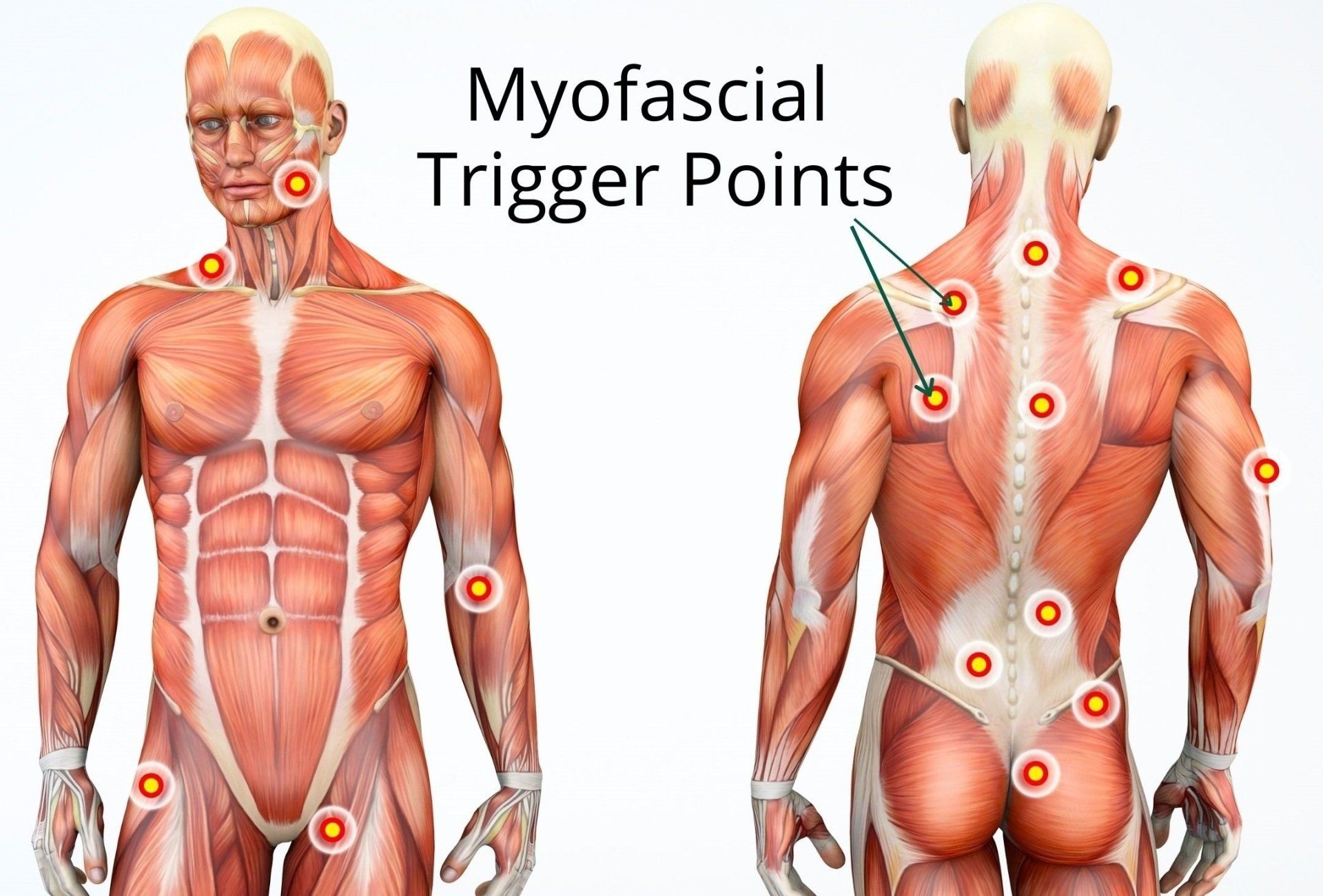Dry Needling
How Dry Needling (Medical Acupuncture) Can Help For Neck and Back Pain
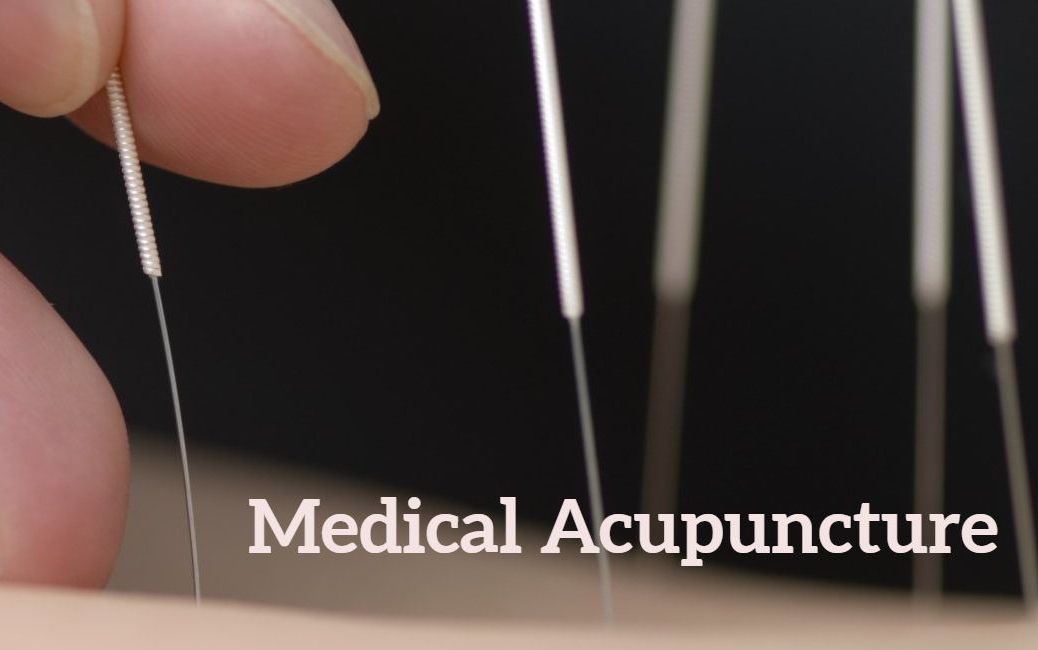
Dry needling (DN) is growing to become a popular intervention used in clinical practice for the management of myofascial trigger points (MTrPs) and treating conditions related to mechanical neck and back pain (1). The treatment method involves a thin acupuncture needle that penetrates through the skin, subcutaneous tissue and muscles (5). The puncture technique causes local muscle tremors which aims to relax the treated area and encourage the reduction of local tension and pain (5).
DN is developed along the theory of Myofascial trigger points (MTrPs) and differs to conventional acupuncture or traditional Chinese medicine which otherwise involves placing acupunctures needles that relate to the meridians. DN involves a minimally invasive procedure consisting of inserting a high quality, sterile and disposable needle into a myofascial trigger point (MTrP) without injecting or extracting any substances.
What Are Trigger Points?
A myofascial (muscle tissue) trigger point (MTrP) is defined as a hyper irritable area within the skeletal muscle which has become hypersensitive. They are palpable nodules located in a taut band of muscle fibres and the area is painful when subjected to mechanical deformation through either compression, stretching, muscle contraction or other related stimuli (2). Trigger points produce pain locally in a referred pattern and often accompany chronic musculoskeletal disorders (2).
DN & Chronic Neck Pain
Herna ́ndez-Secoru ́n et al., (2023) supported the conclusion that dry needling (DN) can improve pain and functional capacity in patients with chronic neck pain at short and mid-term intervals. According to the study's findings, DN showed to be more effective when compared with other therapies including stretching, manual therpy, myofascial release and TENS with ultrasound in both men and women (4). The study found that patients over 40 years old benefitted more than those below 40 years of age (4).
DN & Lower Back Pain
A study by Rajfur
et al.,
(2022)assessed the effectiveness of dry needling for reducing pain intensity and improving functional efficiency in patients with chronic lower back pain due to the L5-S1 discopathy. They found that dry needling effectively reduced pain and improved range of motion of local joints in patients with chronic lower back pain (5). Hu
et al.,
(2018) found evidence to reveal that DN is more effective for alleviating pain intensity and functional disability at post intervention in lower back pain (3).
References
1. Aleid, A. M., Aljabr, A. A., Aldanyowi, S. N., AlAidarous, H. A., Aleid, Z. M., Alharthi, A. S., Alsubaie, M. N., AlOraini, L. I., Almoslem, A. R., (2025)
Mutair, A. A. (2025) Dry Needling for Mechanical Neck Pain: A Systematic Review and Meta-Analysis of Randomized Controlled Trials, Surgical Neurology International (SNI), 16; 44: 1-8.
2. Alvarez, D. J., Rockwell, P. G., (2002) Trigger Points: Diagnosis and Management, American Family Physician, 65; 4: 653-660.
3. Hu, H. T., Gao, H., Ma, R-J., Zhao, X-F., Tian, H-F. Li, L. (2018)
Is dry needling effective for low back pain? A systematic review and PRISMA-compliant meta-analysisMedicine, 97; 26: 1-10.
4. Hernandez-Secorun, M., Abenia-Benedı ́, H., Borrella-Andre ́s, S., Marque ́s-Garc ́ıa, I., Lucha-Lo ́pez, M. O., Herrero, P., Iguacel, I., Trica ́s-Moreno, J. M., Hidalgo-Garcı ́a, C. (2023)
Effectiveness of Dry Needling in Improving Pain and Function in Comparison with Other Techniques in Patients with Chronic Neck Pain: A Systematic Review and Meta-Analysis, Pain Research Management, 1-14.
5. Rajfur, R., Rajfur, R., Kosowski, T., Walewicz, K., Dymarek, R., Ptaszkowski, K., Taradaj, J. (2022) The effectiveness of dry needling in patients with chronic low back pain: a prospective, randomized, single‑blinded study, Scientific Reports, Nature Portfolio, 12; 15803: 1-11.




